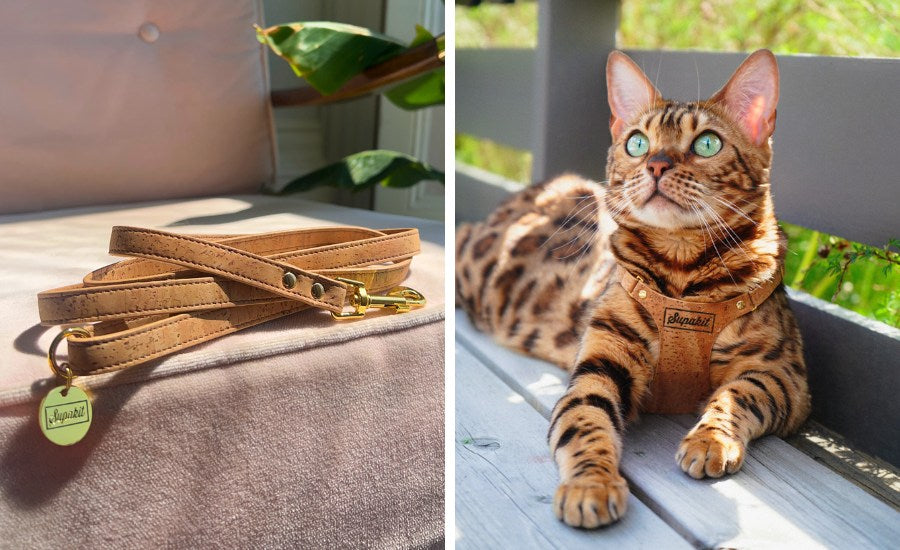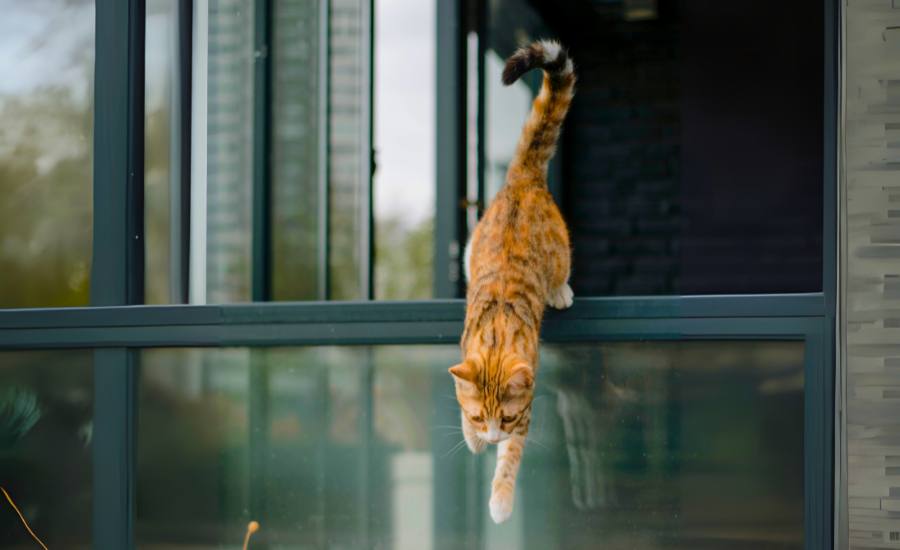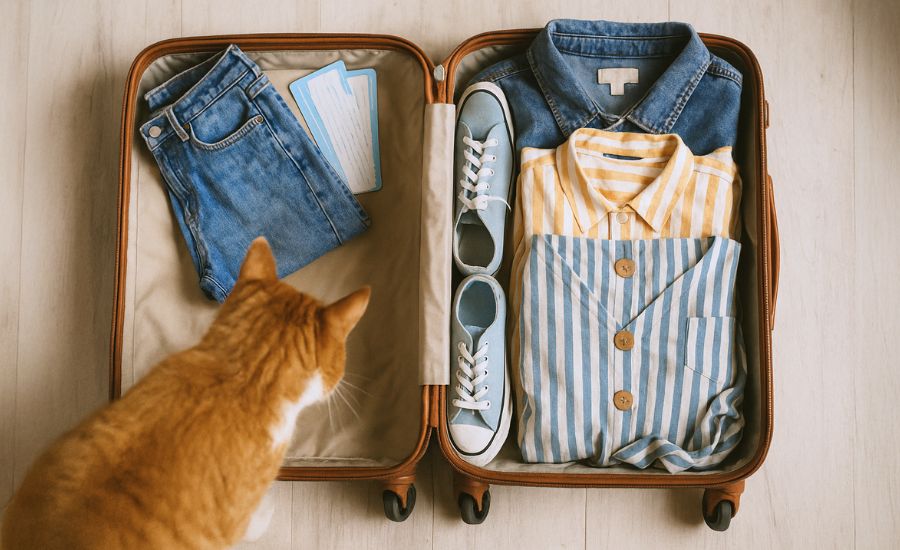Cat Collar Stuck in Mouth – Why This Should Never Happen, and How to Fix It

As cat owners, we always endeavour to keep our cats safe and happy. Seeing your cat with their collar stuck in their mouth can be frightening and stressful but fortunately, there are things you can do to stop this from happening. Lets take a look at how to fit your cat’s collar properly, to stop it getting caught in their mouth.
Why Has My Cat Got Its Collar Stuck in Its Mouth?
A collar that is correctly fitting should not be loose enough to get into a cat’s mouth. It’s why we go on so much about collar fitting here at Supakit!
It might be tempting to leave a cat’s collar loose in the hopes that it will be comfy for them. However, a loose collar will rub against your kitty’s neck, and then they’ll often try to remove it with their teeth. So, to prevent this from happening, it is absolutely essential that you ensure your cat’s collar is correctly fitted and not loose around their neck. This often happens when owners buy adult collars for kittens, as they tend to be oversized and not appropriate (see kitten collars here).
Related: How to Put a Collar On Your Cat (Properly)
How To Remove a Collar Stuck in a Cat’s Mouth?
To remove your cat’s collar from its mouth, you want to approach your cat calmy. Your cat may already be distressed from having its mouth caught in its collar so any attempt to remove it should be quick and decisive. Locate the buckle of the collar and remove the collar. In this instance, breakaway buckles are a great example of why they’re the safest option for cats. When stuck, with a sharp pull, the collar should release. This will minimise any pain or distress your cat will face.
Best Fitting Cat Collars That Won’t Get Stuck
The best fitting cat collar that won’t get stuck in their mouth, is a collar that is slimline and fully adjustable. Before selecting a collar for your cat, it is important to measure your cat’s neck and pick a collar that will allow you to get a snug fit.
At Supakit our collars, are slimline, fully adjustable and available in adult and kitten sizes. We advise fitting your cat’s collar so that you can slide one fingertip between the collar and your cat’s body when it is on. If you slide more than a fingertip between the collar and your cat’s body (with fur compressed), then it is too loose and needs be tightened.
Can Cats Choke Themselves with Collars?
If you are worried that your cat can choke itself with a collar, there are two simple measures you can take to make sure your cat’s collar keeps them safe.
- Choose a collar with a vet-recommended breakaway buckle. This will ensure that the collar will disengage and fall off if it is snagged or caught and your cat’s body weight is acting upon it.
- Ensure your cat’s collar is correctly fitted. This will make sure that they can’t get their collar into their mouth, and reduces the risks of it snagging on things as they explore.
How Do You Tell If a Collar Is Too Tight on a Cat?
For a Supakit collar, we advise fitting your cat’s collar so that you can slide one fingertip between the collar and your cat’s body when it is on. If you cannot slide a fingertip comfortably between the collar and your cat’s body (with fur compressed), then it is too tight.
Related: How Tight Should a Cat Collar Be?
How Often Should You Check Your Cat’s Collar?
You should check your cat’s collar regularly. A snug fit is essential for comfort and safety so checking often will ensure that it still fits correctly. As your cat grows through its life stages, or its weight fluctuates, you should check the collar fit and adjust accordingly.
Do Collars Hurt a Cat’s Neck?
No, a collar should not hurt your cat’s neck. There are numerous factors to consider which will ensure the comfort of a collar such as the fit, the quality of the material and how slimline and lightweight the overall collar is.
Related: Cat Hates Collar – What Can I Do?
Should Indoor Cats Wear Collars?
Yes, indoor cats should wear collars. Although your intention is to keep your cat safe at home, accidents can happen - in one study in the USA, 41% of missing cats were indoor-only cats that had accidentally escaped. If your cat does get out, a collar holding visible ID increases the likelihood that your cat will be reunited with you quickly.
Conclusion
Collars getting stuck in your cat’s mouth doesn’t have to happen. We hope that these tips help you achieve collar bliss and your kitty enjoys wearing their collar comfortably and safely.
Read next: Best Cat Collars Your Cat Will Love







